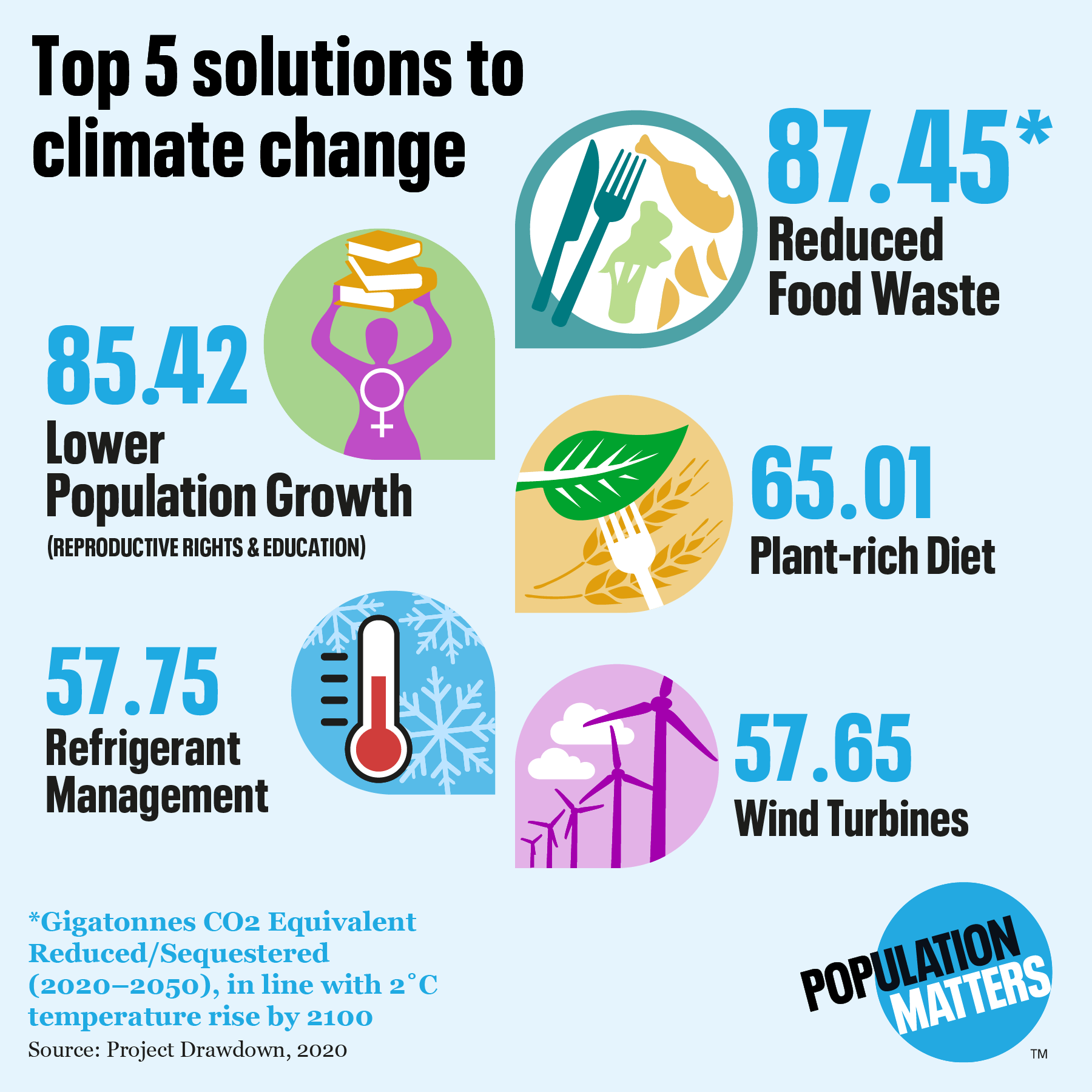
How population solutions advance human rights
When people are able to exercise their basic human rights, they are able to make empowered decisions in their lives and inspire others to do the same. Inclusivity and just participation help dismantle harmful practices, and create better societies and healthier environments. This Human Rights Day, Digital Officer Megan Murison looks at how empowering population solutions are key to meeting development goals, reducing human suffering and solving our biggest environmental problems.

Human rights are rights inherent to all human beings, regardless of race, sex, nationality, ethnicity, language, religion, or any other status.
Basic human rights like bodily autonomy, freedom from discrimination and access to reproductive healthcare are not just essential in themselves. Fulfilling those rights helps to prevent conflict, increase resilience against other threats, and build better societies.
Human rights violations
Unfortunately, many people are still denied these rights. Just being born female, for example, puts people at a disadvantage. Gender equality has still not been fully realised anywhere. Women and girl children – half of the global population – continuously face discrimination and systematic disadvantages only because of their gender. That often means a lack of political power, economic opportunities, education and a greater chance of living in poverty. At its most fundamental level, it means a lack of power over their own bodies.
Harmful practices such as gender-based violence, child marriage and female genital mutilation remain common and women’s reproductive rights are not fulfilled for multiple reasons. 270 million women have an unmet need for modern family planning, including because of lack of provision and health care, and being denied the freedom to use it even where it is available. Our recent report, Welcome to Gilead, has also highlighted how a political drive to increase birth rate is leading to abuses of those rights.
Women’s rights and the environment
The importance of the nexus between women’s rights and the environment cannot be overstated. Empowering women and girl children so that they have the same rights and freedoms as men and boys, and removing barriers to family planning is a key solution to all environmental problems. It helps give women the knowledge, autonomy and freedom to take steps to protect their own environment, as exemplified by our Empower to Plan partners Women for Conservation. It also liberates them to campaign for and make change on a global scale.
Having power over reproductive choices also protects the environment directly, because when women have that power, they consistently choose smaller families. With population growth being a driver of extinctions and climate change, that matters. A study by Project Drawdown states that achieving a lower future population by empowering women through access to education and family planning can help avoid 85 gigatonnes of CO2 emissions by 2050.
“When girls are educated and when they stay in school, they get married later in their lives and have less children, and that helps us to reduce the impacts of climate change that the population increase brings.”
Malala Yousafzai

The right to an adequate standard of living must also include the rights of future generations to inherit a planet that can provide one. The actions we take today can improve or restrict the fundamental rights that they are entitled to just as much as we are.
Human rights are not diminished by recognising that we share our planet with other living things, and that our actions can be wrong not just because they harm our rights, but also theirs. We are currently living in the Anthropocene, the age of humans, and every one of us places a demand on our planet. Sadly, populations of wild animals have more than halved since 1970, while the human population has doubled.
The SDGs and human rights
The United Nations’ 17 Sustainable Development Goals (SDGs) aim to achieve decent lives for all on a healthy planet by 2030. Empowered communities foster just and transformative development, which is why human rights form a theme across the SDG agenda. Right at the heart of progress in so many areas is SDG 5, Gender Equality. Women play a powerful role in realising the SDGs as they are more often than not agents of change.
However, as we outlined in our Hitting the Targets report in 2020, progress on the SDGs is not on track, and population growth is one of the causes. A recent UN Report shows that major setbacks from the pandemic have pushed the progression of SDG 5 even further back, with worsening indicators such as increased violence against women and girls, fewer girls remaining in school, and disruption to reproductive health services. The achievement of this cross-cutting goal would rapidly advance all other SDGs, including ending hunger and poverty, protecting the environment, healthcare for all, and reducing inequalities..
Through direct and indirect intersections, empowering population solutions provide the foundation for other basic human rights to flourish. We all need to do more to ensure that the rights of our fellow humans, particularly those of women and children, are protected. This can be achieved through personal campaigning and spreading the word about the inequalities faced by women. As a basic human right, empowering women to choose what happens to their bodies and lives benefits both society and the environment.
